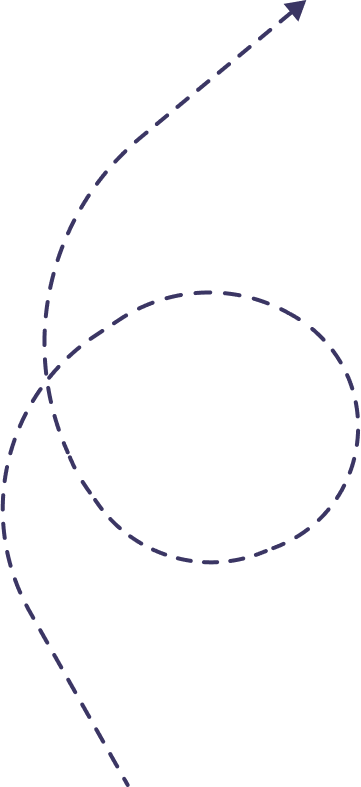
Who we are
Professional Search Engine Optimization Service
BoostRankify professional search engine optimization service is mapping to enhance your website’s visibility and planned organic growth.At BoostRankify,we understand that every business is different,and we tailor our services to meet your specific needs and targets. Our offerings include
Leading professional SEO Firm BoostRankify takes self pride in offering methods that are customized to your company's requirment and are delivered results.To keep your website competitive,our professional staff of SEO specialists keeps abreast of changes to search engine algorithms and the most recent developments in the market.
The qualified Professional SEO services offered by BoostRankify are intergrade to increase your website's organic search engine ranking and attract Goal,high quality aidiance.In order to identification your target market and optimization your website appropriately,we employment a data driven strategy.












